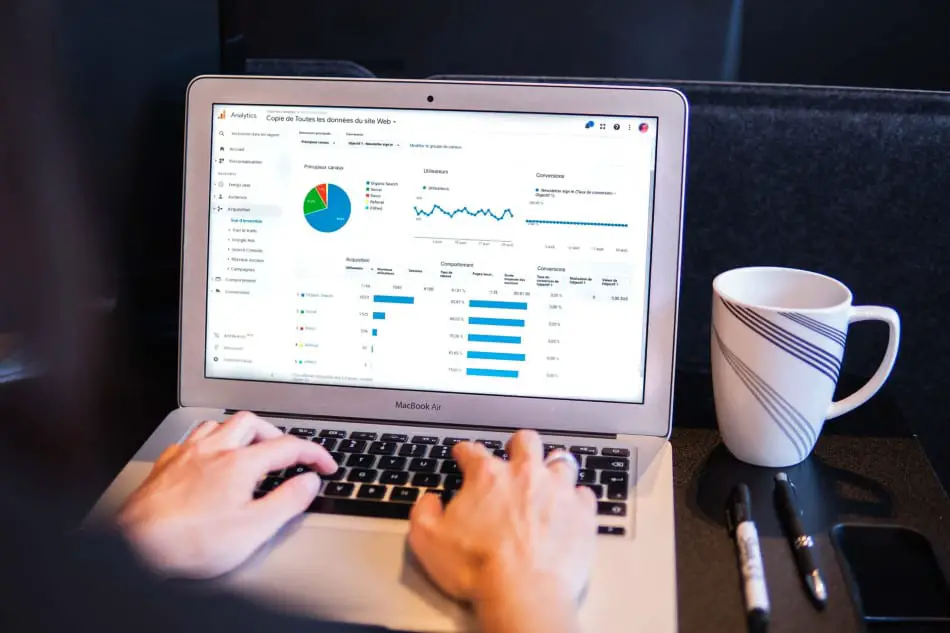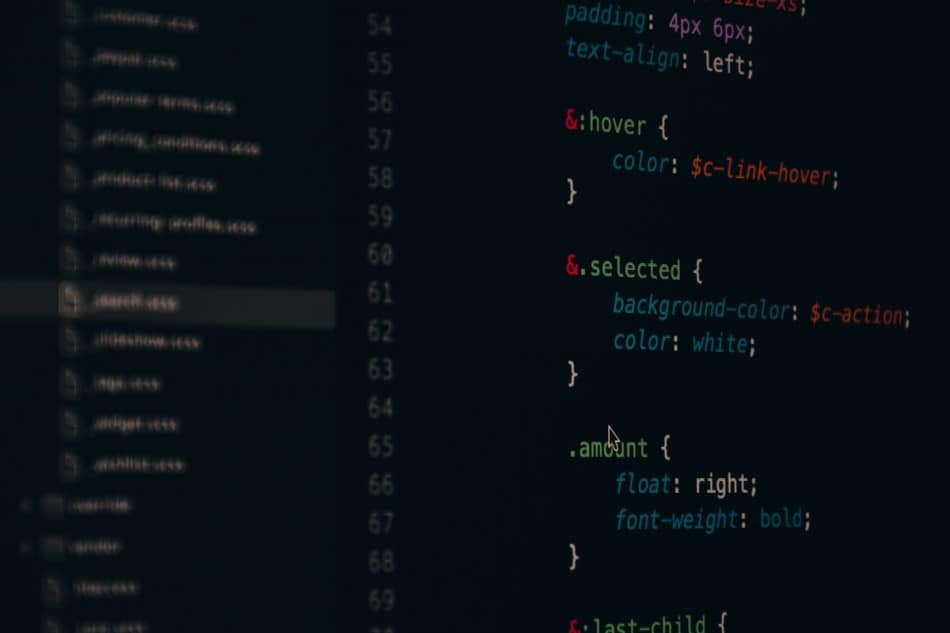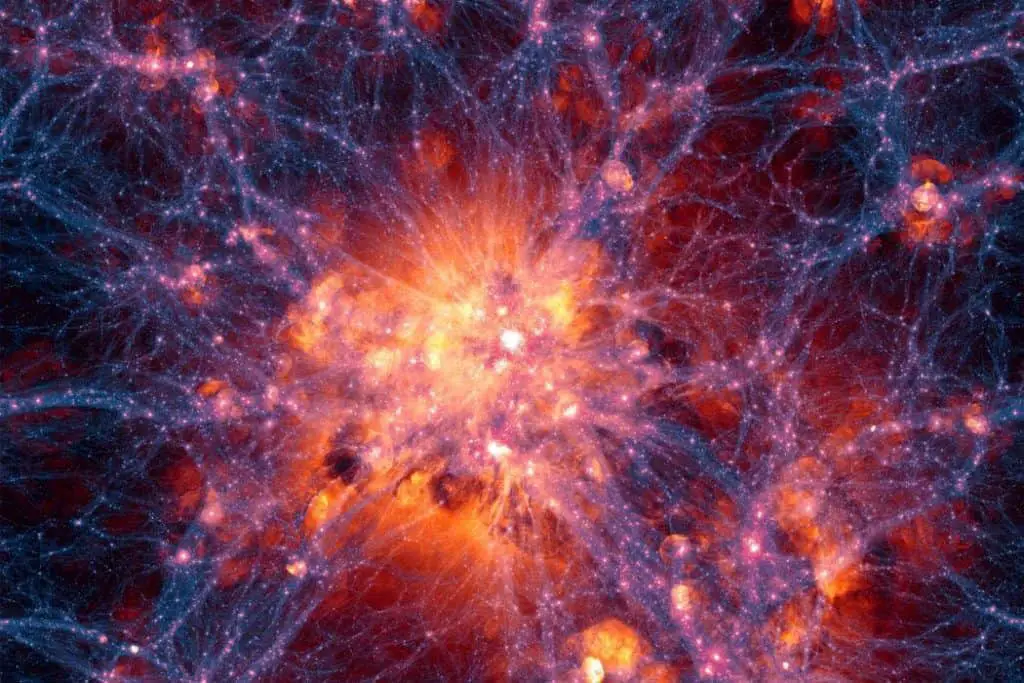The latest buzzword in the IT world; data science has become a vital component of many companies because of the sheer volume of data generated.
The field of data science is abundant with opportunities; the demand for data scientists is high.
You can become a data scientist on your own– irrespective of your experience level. There are many websites devoted to teaching the skills required to learn data science, you will not be lacking in choices to begin your journey. The challenge is knowing where to start and what skills to learn.
Learning data science skills does not require one to get a degree or do formal courses; it can be achieved on your own by hard work and dedication.
The best way to learn is through practice and hands-on experience.
Data science skills are in demand, and the salaries are high, so it’s the best time to get started.
The Keys To Success To Self-Taught Data Science
To successfully learn data science, combining the following skills is essential.
- Learn Programming Packages: R, Python, Java, Julia, Scala, MATLAB, Scikit-learn, TensorFlow
- Understand the Math: Linear Algebra, Matrix Algebra, and Calculus
- Learn about probability and statistics
- Exploratory Data Analysis (EDA)
- Database Management and SQL
- Machine Learning and Deep Learning
- Big Data technology
- Cloud Computing
- Artificial Intelligence (AI)
- Data Visualization
-> Read Also What Is An Autodidact?
1. Programming Fundamentals For Data Science

The most popular programming language is Python, one of the easiest languages to use with its simple syntax. R is probably the second most popular.
Grasping the fundamental concepts is key to learning to code; understanding variables and data structures, functions, loops, and objects and using the libraries and packages is key.
In Python, the main packages include NumPy, Pandas, Sklearn, TensorFlow, and SciPy, among others.
Python handles massive volumes of data well, whereas R works best in its statistical approach, making machine learning and modeling easier.
R and Python have fantastic community support in various forums like Reddit, RStudio, Stack Overflow, and GitHub.
Both Python and R are free, open-source software packages. RStudio, an Integrated Development Environment (IDE) that works well with R; IDEs are applications that make writing and working with code easier.
Jupyter Notebook, a very popular IDE for Python, is an indirect acronym for three languages – Julia, Python, and R. It supports over forty programming languages.
2. Getting To Grips with the Math: Linear Algebra, Matrix Algebra, and Calculus

Understanding math is one of the most important components of data science and machine learning.
Machine learning algorithms use calculus, probability, and linear algebra, so learning the math behind it will help understand the applied principles.
Every data scientist must know statistics and probability theory. The Khan Academy has practical linear algebra lessons, which are very useful when learning by yourself.
It also offers lessons on calculus.
Math in Data Science explains the concepts of the math a data science beginner needs to learn.
Linear algebra is widely used in data science and machine learning; it uses linear equations and represents data in matrix format. Combining several vectors results in a matrix.
The basics of linear algebra can be learned relatively easily, despite it being a difficult subject.
Data science uses linear algebra to transform and manipulate datasets efficiently; dimensionality reduction and vectorized code are one application of linear algebra.
Vectorized code can output results in one step instead of non-vectorized code, which needs multiple steps.
Vectorized operations allow better optimization.
Linear algebra optimizes the machine learning process.
Principal Component Analysis (PCA) is an important technique in dimensionality reduction.
Dimensionality reduction aims to reduce large amounts of features or dimensions in datasets without losing too much information, often done as many features are highly correlated.
-> Learn More about Is Linear Algebra Hard?
3. Statistics And Probability
Statistics and probability are important aspects of being a data scientist; probability predicts the future outcome, whereas statistics looks at past data.
Algorithms are often based on probability techniques; Naïve Bayes is one such algorithm.
Some useful online resources to learn the intricacies of statistics and probability theory include:
The Khan Academy gives an overview of statistics and probability.
A series of 34 YouTube lectures by Joe Blitzstein is also a useful online resource Statistics 110: Probability (Harvard).
Think Stats provides a free introduction to probability and statistics for programmers.
Professor Leonard also has 28 YouTube statistics lectures.
4. Exploratory Data Analysis
One of the steps a data scientist must be capable of is exploratory data analysis (EDA); this involves visualization techniques and preprocessing to transform the data into a usable format.
Data exploration uses descriptive statistics to summarize the dataset by calculating the following:
- Mean, median, and mode
- Skewness and standard deviation
- Correlation and covariance
- Distribution
Once an understanding of the data has been reached by calculating the descriptive statistics, feature engineering can take place.
Some techniques involved in feature engineering are:
- Encoding
- Scaling
- Imputation
- Feature selection
Encoding involves converting categorical data into binary or numerical format.
Scaling is done by normalization and standardization; normalization means fitting data between the range of 0 and 1; standardization is when data is centered on the mean with a standard deviation unit.
Imputation is a technique applied when missing data is inserted; a substitute value is inserted so as not to lose information.
Missing data can lead to distortion in a dataset and could affect the final model; most models don’t handle missing data automatically.
Feature selection reduces the input data into a model, eliminating the noise so that only the most important features are part of the model.
Feature selection methods include Pearson’s correlation coefficient, ANOVA, Spearman’s rank coefficient, and the Chi-Squared test.
5. Database Management And SQL
Understanding how to deal with databases is important; one of the most widely used query languages is Structured Query Language (SQL). SQL enables data to be created, stored, modified, and viewed.
Other popular database management systems include MySQL, Oracle, PostgreSQL, and NoSQL databases such as MongoDB, Cassandra, and HBase.
Most tech giants like Google, Facebook, Amazon, Netflix, and Uber, amongst others, use SQL to process data; therefore, it is an essential skill for a career in data science.
A great advantage of SQL is that it integrates with common scripting languages such as Python and R.
SQL is an open-source language used for querying data. Although it is quite old, created over 40 years ago, it is widely used and easy to use; the Khan Academy has a good introduction to SQL, as does Tutorialspoint.
NoSQL databases are popular when dealing with big data; these databases have more scalability and are more flexible.
SQL is the preferred database for data scientists; StackOverflow ranked SQL the third most popular programming language in a 2019 survey.
Some of the concepts associated with SQL to be learned include,
- RDBMS, relational database management system
- DDL, data definition language
- DQL, data query language
- DML, data manipulation language
- DCL, data control language
- Indexing
- Null values
- Primary and foreign keys
- Joins
6. Machine Learning And Deep Learning

Machine learning (ML) is a tool that data scientists use to create models that allow computers to learn without being programmed.
Deep learning focuses on algorithms modeled on the human brain, and is a subset of machine learning.
Machine learning is where computer science and statistics merge; patterns and trends are found in the data, and predictions are made with new data.
These algorithms can either be supervised, unsupervised, semi-supervised, or reinforced.
Data scientists must learn algorithms such as decision trees, k-nearest neighbor, logistic regression, random forests, k-means clustering, and others.
Algorithms can be simple, for example, regression analysis, or more complex, like artificial neural networks (ANN) used in deep learning.
ANN is inspired by the workings of the human brain’s neural network. Deep learning is still a new area of expertise but has enormous potential.
Deep learning is reinforced learning.
Deep learning differs from machine learning in that the algorithms are much more superior and capable; they do not need a software engineer to identify features and can do this automatically.
However, they are not always suitable for all data; deep learning requires massive amounts of data to be effective and requires much more computing power.
Many free online courses will help you learn how to machine learning. One such course is offered by Coursera and is taught by Andrew Ng. In the course, you will learn linear algebra and calculus.
The course in Python provides a broad introduction to machine learning and includes supervised and unsupervised learning techniques for building real-world AI applications.
7. Big Data

Big Data is a special application of data science where datasets used are massive and need to process and analyzed differently from smaller datasets.
Special techniques and tools, such as parallel processing, are utilized due to constraints in computational power or physical limitations.
Big data is synonymous with the three Vs. model; this model represents volume, variety, veracity, and velocity. Big data is voluminous.
Companies have terabytes, sometimes petabytes of data; according to some reports 2.5 quintillion bytes are produced daily.
The velocity of data means the speed at which data is generated, distributed, and collected.
The faster data is acquired and processed, the higher the velocity, the more valuable the data is, and the longer it will retain its value.
Data variety is related to different data types, including text, pdf, graphics, and traditional database formats like excel, CSV, and access.
Data can be structured, unstructured, and semi-structured. Data veracity is an indication of data quality.
High veracity data is of a higher quality than low veracity data, which consists of more meaningless data.
Big data tools and technologies include Scala, Hadoop, Linux, MatLab, R, SAS, SQL, and SPSS.
Being familiar with cloud infrastructure is also necessary as most companies store their data in the cloud as it’s cheaper.
8. Cloud Computing Infrastructure

Working from home is more common now because of the COVID-19 pandemic; the digital nomad concept is also taking hold, with many countries now offering digital nomad visas.
These visas allow people to work remotely in a foreign country. Moving to cloud computing, therefore, will become inevitable and essential.
Cloud computing enables data scientists to manage their data better by creating centralized servers.
Data is available all the time, reducing the need for onsite servers.
Cloud-based technologies such as DevOps, Azure, AWS, Java, Docker, and others are available.
-> Read Also Can You Learn Java On Your Own?
9. Artificial Intelligence (AI)
Alan Turing first wrote computing machinery and intelligence in 1950; he is considered the father of computer science.
In 1956, John McCarthy came up with the term artificial intelligence; he described AI as making intelligent machines and computer programs.
Applications of AI include speech recognition, customer service, automated stock trading, and recommender systems.
Machine learning algorithms are artificial intelligence. Artificial intelligence is a tool used by data scientists.
10. Data Visualization

Visualizing data is essential in data science; it uncovers hidden trends and gives new perspectives on the data.
The various applicable techniques need to be mastered by data scientists to exchange information most effectively.
Data is more effective if it is explained visually.
Outputs such as bar charts, histograms, scatter plots, and heat maps are some ways to identify data patterns and trends.
Visualization is used to check for errors and to clean a dataset; visualization detects null values and outliers. Visualization is an effective tool for communicating results.
Visualizations show a dataset’s distribution and central tendencies like the mean, median, and mode.
Many algorithms assume normal distributions and homoscedasticity that there is no correlation between independent variables; linear regression is one such algorithm. Heat maps show these correlations visually.
Visualization helps a data scientist see which independent variables affect a model result. A pair plot is a good way to represent dependent variables with the independent variable.
All analytical projects need some form of data visualization to gain insight into the data.
Visualization libraries in Python include Matplotlib, Seaborn, and Bokeh. Matplotlib is easy to use, is a lower-level library, and is built on NumPy arrays.
Seaborne is on a high-level library and is an add-on to Matplotlib. It can produce very sophisticated visuals. Bokeh is suitable for large or streaming data and can be easily customized.
Ggplot2 is the most popular data visualization package in the R community.
Kaggle visualization offers a free 4-hour course on data visualization. IBM also offers a Python course on data visualization-python and data visualization with R data-visualization-r.
Anyone Can Learn Data Science?

Learning data science on your own is possible with dedication and practice.
Learning how to program and understand statistics and probability together with having a basic understanding of calculus, matrix algebra, and linear algebra will enable anyone to be a data scientist.
The difficulty in learning data science will depend on your background; previous experience in computer science and math will make it easier.
Following the typical data science project lifecycle will make the learning process easier:
- Problem definition
- data mining
- data cleaning
- data exploration
- feature engineering
- predictive modeling
- data visualization
-> Learn More about Self-Learning vs. Classroom Learning: Which Is Better?
Data Science Skills Unlocks Many Career Opportunities
Data scientists combine traditional technical roles, including mathematician, scientist, statistician, and computer professional.
Data scientists interpret large amounts of data; advanced technologies are used to detect patterns, trends, and relationships in datasets.
Data science skills will help anyone in many fields, from finance, marketing, and research. It will not only give you an edge over the competition but also open new career doors.
In 2021, it clinched the number two spot in Glassdoor’s annual ranking.
Salaries offered to data scientists can be well over the $100k range; these salaries have risen with the increased demand for the skillset.
The data science field is a rapidly growing area in technology. The U.S. Bureau of Labor Statistics predicts that demand will increase by 15% between 2019-2026.
Data scientists have expertise in several areas; these include data analysis, scientific methods, and statistical techniques.
About 80% of a data scientist’s time is spent getting the data ready for analysis; techniques such as cleansing, aggregation, and manipulation are all involved; this enables outputs such as trends and patterns to be extracted.
-> Learn more about the 7 best websites for self-learning
Data Science Skills Are In Short Supply

According to a report from McKinsey, there is a shortage of around 140,000 data scientists in the U.S alone.
Skills causing the shortage include technical and non-technical, such as data intuition, business expertise, and communication.
Technical skills such as advanced analytical skills such as machine learning, natural language processing, data engineering, data visualization, and math and statistical skills are the most sought-after skills by tech companies.
Even while the COVID-19 pandemic was worsening business conditions, the job openings for data scientists have remained high.
The data science skillset is in high demand because of the massive volume of data that is produced daily. Most of this data originates from the Internet of Things (IoT) devices.
New versions of wearable technologies such as those that monitor skin temperature and breathing to detect COVID-19 have increased dramatically since its onset.
Consumers have also changed their habits because of the lockdowns that have been imposed; many more are now doing online shopping and using online or mobile payment systems.
Streaming services have also become more popular. All of this has increased the capacity for data generation; Big Data has become extremely important for more and more businesses.






